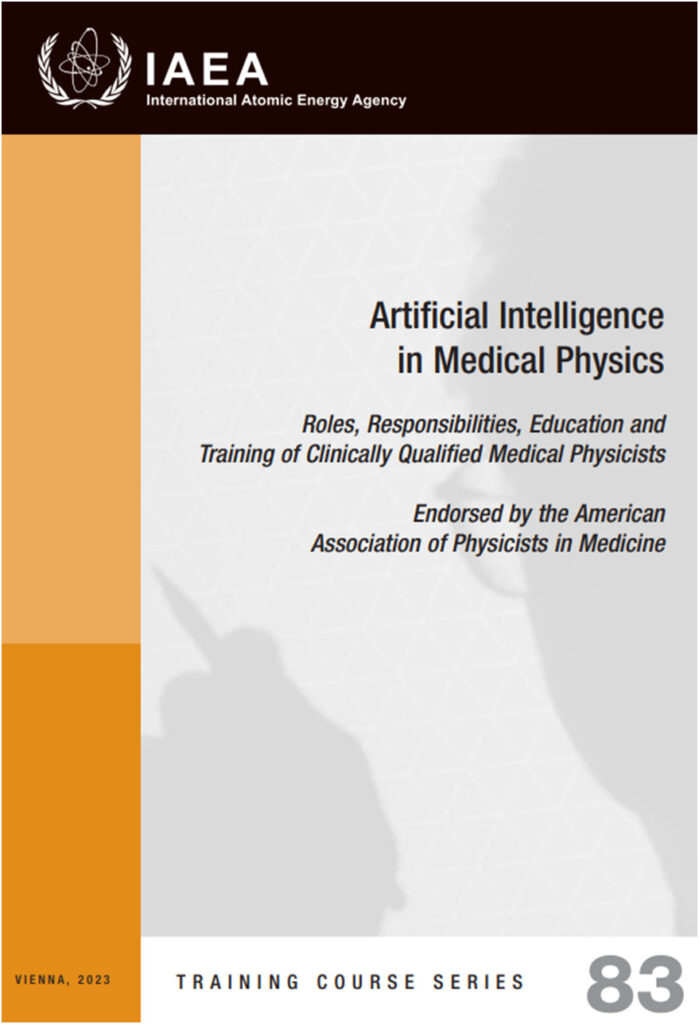Artificial intelligence (AI) encompasses a range of technologies designed to enable machines to perform tasks that typically require human cognitive functions, such as learning and decision-making. Coined in 1956 at Dartmouth College, AI has experienced periods of intense interest followed by “AI winters” of stagnation, but recent advancements have reignited enthusiasm, particularly in healthcare. The 1980s and 1990s saw the rise of personal computers and new machine learning (ML) algorithms, leading to significant progress in medical applications. Deep learning models, especially Convolutional Neural Networks (CNNs), became prominent in medical imaging during the early 1990s, coinciding with the digitization of medical data. The advent of Graphic Processing Units (GPUs) and cloud computing further accelerated AI’s application to large datasets, with notable milestones such as AlexNet’s performance in the ImageNet challenge in 2012 driving increased use of CNNs for image recognition.
In recent years, AI has garnered unprecedented interest in healthcare, with expectations that it will transform various processes and support healthcare professionals. AI applications are being explored across different health service domains, and the health data ecosystem—comprising both standard data like medical records and expanded sources such as personal lifestyle information—is rapidly expanding. Despite the excitement, implementing AI in clinical settings presents challenges, including technical, safety, ethical, and regulatory concerns. AI tools are often seen as “black boxes,” making it difficult to understand their decision-making processes, and their data-intensive nature requires extensive datasets for effective training and validation.
To address these challenges, it is crucial for AI-based tools to be safe, effective, and compliant with ethical and legal standards. A core team of health professionals, including Clinically Qualified Medical Physicists (CQMPs), is essential for the successful implementation and oversight of AI tools. CQMPs are uniquely positioned to bridge the gap between complex technology and clinical needs, overseeing validation, integration, and quality assurance of AI tools. Hence, the roles include developing technical specifications, ensuring proper functionality, and contributing to quality management programs.

In response to the growing importance of AI, the International Atomic Energy Agency (IAEA) has published new guidelines on the roles and responsibilities of CQMPs in AI applications within medical radiation. This guidance, endorsed by the American Association of Physicists in Medicine (AAPM), emphasizes the need for updated education and training for CQMPs to effectively handle AI technologies. It includes an outline for an elective module on advanced statistical methods, continuing professional development (CPD) programs, and examples of AI applications in medical imaging and radiation oncology. The guidelines which can be access from Artificial Intelligence in Medical Physics | IAEA, aim to prepare CQMPs for the evolving demands of AI in healthcare, ensuring they can support the safe and effective use of AI tools in clinical practice
